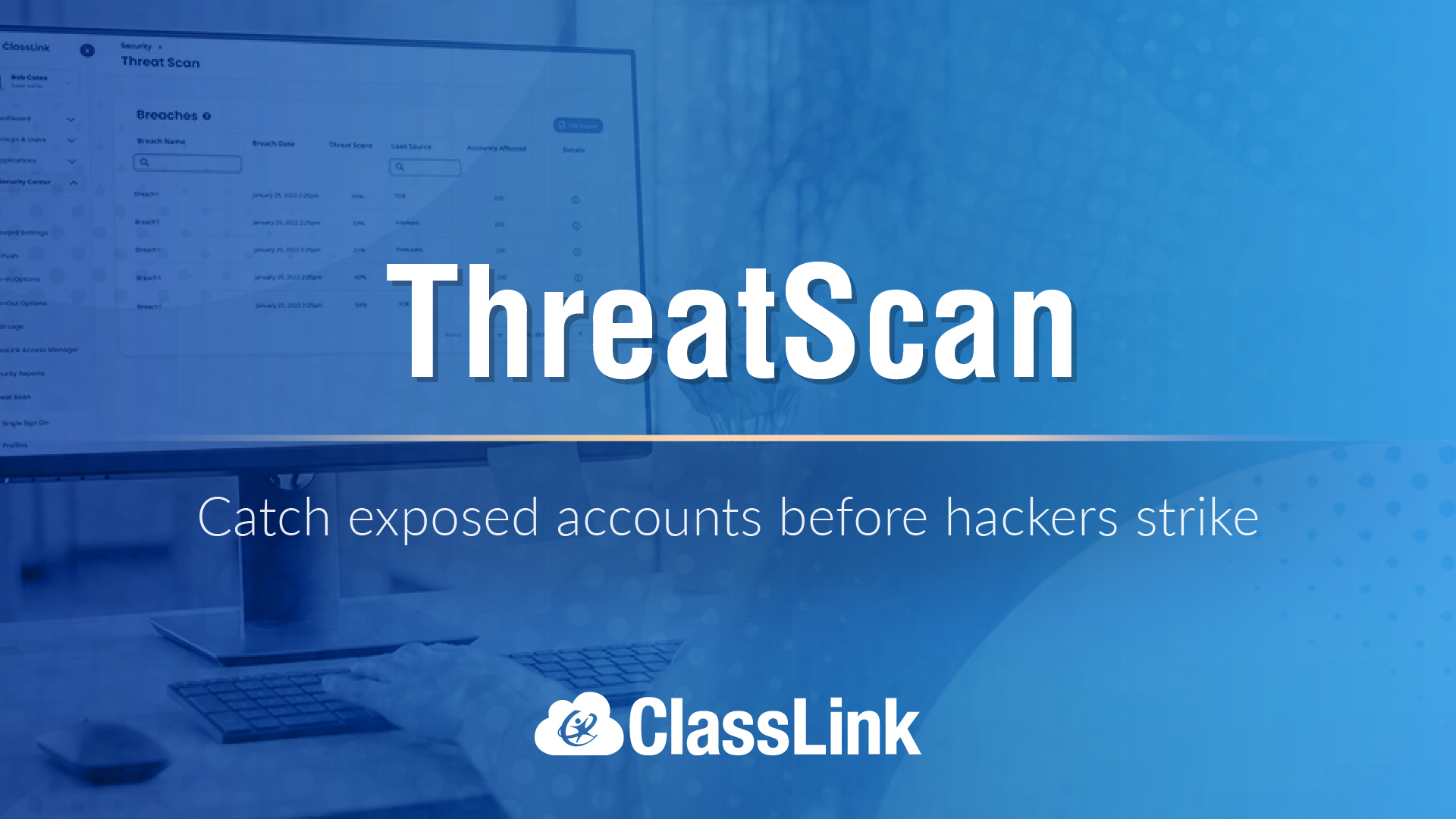District-Owned Homeschooling: COVID-19 Spurs New Learning and Funding Models
District-owned homeschooling is an opportunity for districts and parents to partner for individualized learning

Everyone is looking to understand all the implications a year of cancelled in-person learning will have on educators, students, and families. Data is starting to show some new trends when it comes to homeschooling students.
A recent Household Pulse Survey administered by the U.S. Census Bureau reported that by Fall 2020, 1.1% of households with school-age children reported homeschooling. That change represents a doubling of U.S. households that were homeschooling at the start of the 2020-21 school year compared to the prior year.
A big concern for dropping enrollments is, of course, less per-pupil funding coming into a district. COVID-19 got administrators thinking, and instead of completely losing the allotment of funds for the students who are now in a homeschool setting, some have begun exploring some creative approaches to partner, rather than compete, with their homeschool families.
Sheridan Public Schools in Montana, for example, now offers a “district-owned homeschooling option.” In this model, the district still receives funding for the student and the district then pays the provider of homeschool content.
Mike Wetherbee, Superintendent of Sheridan Public Schools, spearheaded this new model. “If you have parents considering homeschooling, here is a model that has worked for us,” Weatherbee says. “It allowed us to keep students in the district, while giving parents an accredited homeschool option that we felt good about.” School counselors will play a large part in communicating to parents and students that this is an option for them.
What is “District-Owned Homeschooling?”
The new model of district-operated, family-administered education is called “District-owned homeschooling.”
In order for a district to create a partnership with families who want homeschooling, there has to be an intentional plan on how to provide all the help and tools families need. It is critical for districts to distinguish between homeschool curriculum and a full-service homeschool partner. Just as in the public schools, there are several curriculums to choose from. The most important part will be finding a true partner, which includes not only curriculum but parent support as they start a new journey for their student.
Tools and ideas to transform education. Sign up below.
What district leaders should look for in a high-quality homeschool partner includes:
- Accreditation
- Tools for the parents
- Various program options that allow customization for both the district and families (Example: asynchronous, synchronous, online and textbook options.)
- No one specific publisher but include many curriculum options that allow for personalized learning
- Recognition in the homeschool community, which gains parent trust immediately
- A proven track record of students going on to college
- Various academic track options (i.e. honors, college prep, AP)
- Structure that allows district oversight by customizing programs to meet the needs of your district
Homeschooling works differently than public schools. There is no “per-pupil” funding. Instead, parents pay tuition over the course of the year. In the case for Sheridan Public Schools, that set price is lower than what the district receives per-pupil, which is how a portion of the funding stays in the district.
According to the U.S Census Bureau the national average per pupil in the 2018 school year was $12,612. If a homeschooling provider’s tuition is $5,000, that still leaves over $7,000 in the district. There are also opportunities for bundling with a homeschool part for that price to come down if a district is bringing them multiple students.
With the number of families beginning a homeschool journey, providing as much help and support as possible is critical. For some families, COVID-19 shutdowns showed them the flexibility and opportunities that come with learning from home, but it doesn’t necessarily mean they feel comfortable putting together their own curriculum and teaching. The option of the district coming along beside them as a partner brings many peace of mind.
At this point, because it is such a new model, district leaders will need to seek out and find homeschool providers that are willing to work with districts. In the case of Sheridan Public Schools, Wetherbee picked a provider that was accredited and standards-aligned with a reputation for being a trusted partner.
How to Fund District-Owned Homeschooling
This is an excellent time for districts to pursue district-owned homeschooling as Congress put a major emphasis on addressing learning loss and summer enrichment through the American Rescue Plan Act. Although there is no current dedicated funding model for this learning option, there are funding streams right now that can be used for providing content and services for different types of content providers. These could specifically come through the allowable uses of addressing learning loss, providing summer enrichment opportunities, and providing online content for students.
This is only one new learning model for educators to consider. With all the challenges and changes COVID-19 brought the K-12 community, there are sure to be more popping up. One thing is for certain: families have now seen new options for learning, and they are excited to see how engaged students can be moving forward. As district leaders think through how to continue to support all of the students in their districts next year, the summer is a great time to put new learning models in place.
Susan comes from a strong policy background as a former staffer in the United States Senate and Legislative Aide in the Iowa House of Representatives.
Along with experience at both federal and state levels, she served as the Deputy Executive Director for the Center for Digital Education, worked for a government relations firm in Arlington, VA and heavily worked on federal and state education policy at iNACOL, where she wrote published reports to move the field forward with innovative learning models, best practices, and policy recommendations.

